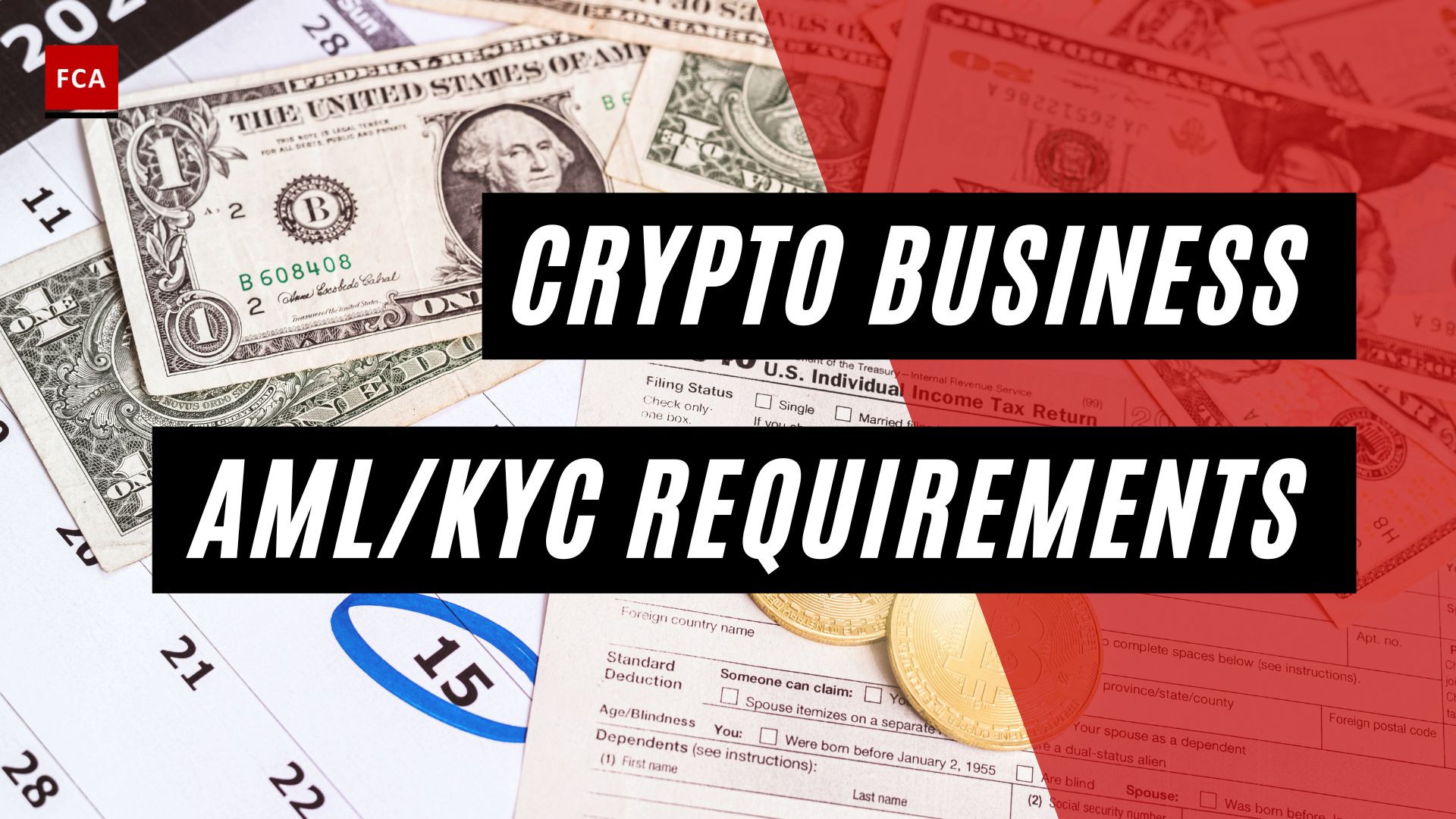The blockchain technology audit includes checking the consensus mechanism which is a central element of the security of the blockchain and can take many different forms. In principle, any node within a blockchain network can propose the addition of new information to the blockchain. The audit of blockchain technology includes the verification of transactions and smart contracts.
Smart contracts are programs that are stored on a blockchain that run when predetermined conditions are met. Smart contracts are used to automate the execution of an agreement, so that all users or participants can be certain of the outcome, without the involvement of any intermediary.
The auditors need to know and verify that the smart contracts automate a workflow, triggering the next action when certain predefined conditions are met.
The auditor needs to know the working of smart contracts. Smart contracts work by following simple “if, when, then…” statements which are embedded in the code of a blockchain. A network of computers executes the actions when the predetermined conditions are met and verified.
The actions may include the release of funds to the appropriate users, registering a vehicle, sending transaction notifications, or the issuance of tickets. On completion of the transaction, the blockchain is then updated, which means the transaction cannot be changed, and only users who have been granted permission can see the results.

Blockchain Technology Audit
Within a smart contract, there can be as many stipulations as needed to satisfy the participants that the task will be completed satisfactorily. To establish the terms, participants must determine how transactions and their data are represented on the blockchain, agree on the “if/when…then…” rules that govern those transactions, explore all possible exceptions, and define a framework for resolving disputes.
The audit involves the validation of information to ensure that it is legitimate and that the nodes have reached some form of agreement. Here a “consensus mechanism” comes into play. A consensus mechanism is a predefined specific, cryptographic validation method that ensures a correct sequencing of transactions on the blockchain. In the case of auditing the blockchain and cryptocurrencies, such sequencing is required to address the issue of double-spending. Double-spending is when the same payment instrument or asset can be transferred more than once and would happen if transfers were not registered or controlled.
The auditors need to know that the consensus mechanism can be structured in some ways and in the context of cryptocurrencies, there are two predominant consensus mechanisms, which are the “Proof of Work” mechanism and the “Proof of Stake” mechanism.
Let’s first talk about the Proof of Work mechanism.
The auditors need to know that in this kind of system, network participants have to solve so-called “cryptographic puzzles” to be allowed to add new “blocks” to the blockchain. This puzzle-solving process is commonly referred to as “mining”. In simple terms, these cryptographic puzzles are made up of all information previously recorded on the blockchain and a new set of transactions to be added to the next “block”. The input of each puzzle becomes larger over time, resulting in a more complex calculation. The PoW mechanism, therefore, requires a vast amount of computing resources, which consume a significant amount of electricity.
If a network participant solves a cryptographic puzzle, it proves that he has completed the work, and is rewarded with a digital form of value or in the case of a cryptocurrency, with a newly minted coin. This reward serves as an incentive to uphold the network.
The cryptocurrency Bitcoin is based on a PoW consensus mechanism. Other examples include Litecoin, Bitcoin Cash, Monero, and others.
Now let’s talk about the Proof of Stake mechanism.
The auditor needs to know that in this kind of system, a node as a transaction validator must prove ownership of a certain asset to participate in the validation of transactions. In the case of blockchain and cryptocurrencies, this would require a certain amount of coins. This act of validating transactions is called “forging” instead of “mining”. For example, in the case of cryptocurrencies, a transaction validator will have to prove his “stake” of all coins in existence to be allowed to validate a transaction.
Depending on how many coins he holds, he will have a higher chance of being the one to validate the next block. This has to do with the assumption that he may have greater seniority within the network earning him a more trusted position. The transaction validator is paid a transaction fee for his validation services by the transacting parties.

Cryptocurrencies such as Neo and Ada utilize a PoS consensus mechanism.
The PoW and PoS mechanisms are far from the only consensus mechanisms currently in existence. Other examples include proof of service, proof of elapsed time, and proof of capacity. Many other consensus mechanisms are probably developed in this very second all over the world. Eventually, they will emerge and become part of a new cryptocurrency.
To start with let’s briefly explore some of the broader application areas and benefits of blockchain technology. It is important to understand that blockchain technology is not limited to cryptocurrencies, even though it is often associated with cryptocurrencies, digital or virtual currency schemes, payments, and financial services. However, the scope of blockchain technology is much wider. Alright, but let’s now dive into it.
Blockchain can theoretically be applied in a large variety of sectors. This includes trade and commerce, healthcare, governance, and many others. In addition, it has numerous potential applications. It could have an impact on the pledging of collateral, the registration of shares, bonds, and other assets, on the transfer of property titles, the operation of land registers, etc.
One of the key advantages of blockchain technology is that it allows for simplifying the execution of a wide array of transactions that would normally require the intermediation of a third party, such as a custodian, a bank, a securities settlement system, broker-dealers, a trade repository, or other third parties. In essence, blockchain is all about decentralizing trust and enabling decentralized authentication of transactions. Simply put, it allows us to cut out the “middleman”.
In many cases, this will likely lead to efficiency gains. However, it is important to underscore that it may also expose interacting parties to certain risks that were previously managed by these intermediaries. For instance, the Bank for International Settlements recently warned that the adoption of blockchain technology could introduce new liquidity risks.
In general, it seems that when an intermediary has additional functions other than transaction execution alone, the intermediary cannot simply be replaced by blockchain technology. Especially when the intermediary functions as a buffer against important risks, such as systemic risk, he may not be replaced by Blockchain technology – Or at least not yet.
Different types of information can be stored on blockchain technology, but the most common use is as a ledger for transactions. For example, when a purchase is made using Bitcoin, the transaction shall be recorded on the Bitcoin blockchain. Other users on the network then verify the transaction and once confirmed, that cannot be altered or deleted from the blockchain technology database. This makes blockchain-based transactions more secure and transparent as compared to traditional transactions processed by banks or financial institutions.
The most obvious application of blockchain technology is in the financial sector where banks and other financial institutions are already experimenting with blockchain-based transactions and exploring different ways to use blockchain technology to make services more efficient and secure.

Final Thoughts
The audit of blockchain technology, with a particular focus on consensus mechanisms and smart contracts, underscores the transformative potential of blockchain in various sectors. This innovation extends beyond cryptocurrencies, reaching into healthcare, governance, commerce, and more. However, it’s vital to acknowledge the complexities involved in auditing blockchain technologies, which demand understanding the intricate functioning of consensus mechanisms and smart contracts.
While blockchain technology brings notable benefits like eliminating intermediaries and enhancing transparency, it also introduces new challenges and risks, necessitating thorough audits. Hence, as blockchain continues to revolutionize industries, auditors must adapt, evolve, and expand their expertise to ensure the safe and effective deployment of this groundbreaking technology.








